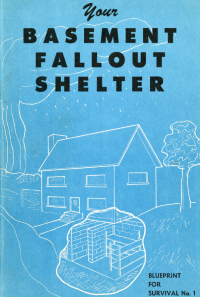Canadian Civil Defence Plans and Arrangements
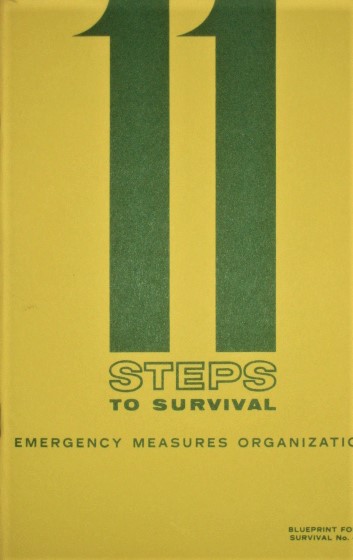
During the Cold War there were a variety of plans and arrangements that were in place and to varying degrees ready to help particularly civilians deal with the possibility of an attack on North America. These plans changed (not always for the better!) as the threat evolved from manned bombers to intercontinental ballistic missiles. The ’11 Steps to Survival’ booklet (illustrated to the LEFT) was produced in many editions and distributed widely to Canadian homes during the 60s and 70s. A copy can be downloaded from the Canadian Civil-Defence League website. A Youtube videos of that booklet may be found here.
Summary -The 11 Steps to Survival -11 Chapters
1. Know the effects of nuclear explosions.
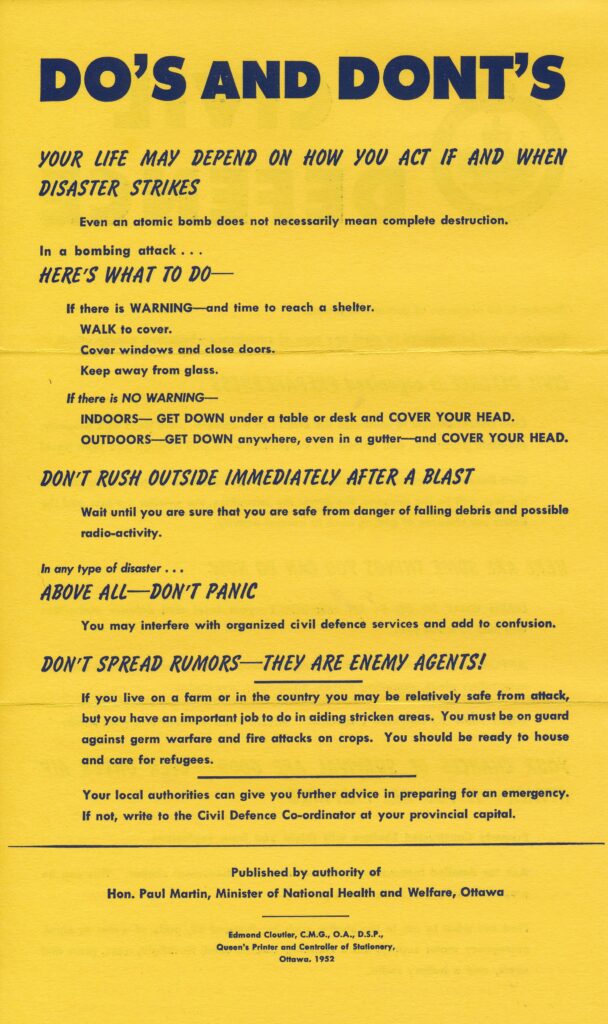
2. Know the facts about radioactive fallout.
3. Know the warning signal and have a battery-poweredradio and spare batteries on hand.
4. Know how to take shelter.
5. Have 14 days emergency supplies.
6. Know how to prevent and fight fires.
7. Know first aid and home nursing.
8. Know emergency cleanliness.
9. Know how to get rid of radioactive dust or sand.
10. Know your municipal plans.
11. Have a plan for yourself and your family.
The following list of government ‘plans’ below is comprehensive and each of the provisions listed can be accessed by clicking the title.
- “Plan for Tomorrow…TODAY” (History of EPC 1948-98)
- The Canadian Emergency Broadcasting System (EBS)
- The National Attack Warning Siren System (Sounding a Siren Link HERE!)
- The Canadian Forces Warning and Reporting System (CFWRS)
- The North American CONELRAD System
- The Civil Alerts System
- The Dept Health & Welfare National Emergency Strategic Stockpile (NESS)
- The Dept Public Works Public Protection (fallout shelters) Program
- PCO Emergency Public Information Planning
- The Radiation Defence (RADEF) System
- The National Exercise Program
- The Continuity of Government Program
- Postal System Arrangements
- National Survival Planning (including Re-entry Operations) (Army)
- Military Mapping of Cities (Military Town Plans)
- Emergency Planning Order 1981 (PCO) Link and go to Anx B Page 63 for EPO 1981
- The Civil Defence Training College (Arnprior, ON)
- Provincial (and Municipal) Emergency Measures Organizations (EMOs) Roles in CD
- National Emergency Agencies
- Federal/Provincial Emergency Planning Co-operation Arrangements
Other Nations Civil Defence / Emergency Preparedness
THE SOVIET UNION This document about SOVIET EMERGENCY PLANNING was written by Leon Goure for The RAND Corporation, Santa Monica, California about 1968. The Soviets were much more active in such civilian war preparedness than most other western nations.
THE UNITED KINGDOM Beyond War Plan UK: civil defence in the 1980s
THE UNITED STATES An on-line virtual US CIVIL DEFENSE MUSEUM has an extraordinary amount of text, image and sound files (some of which have Canadian implications).
US Civil Defence Manuals
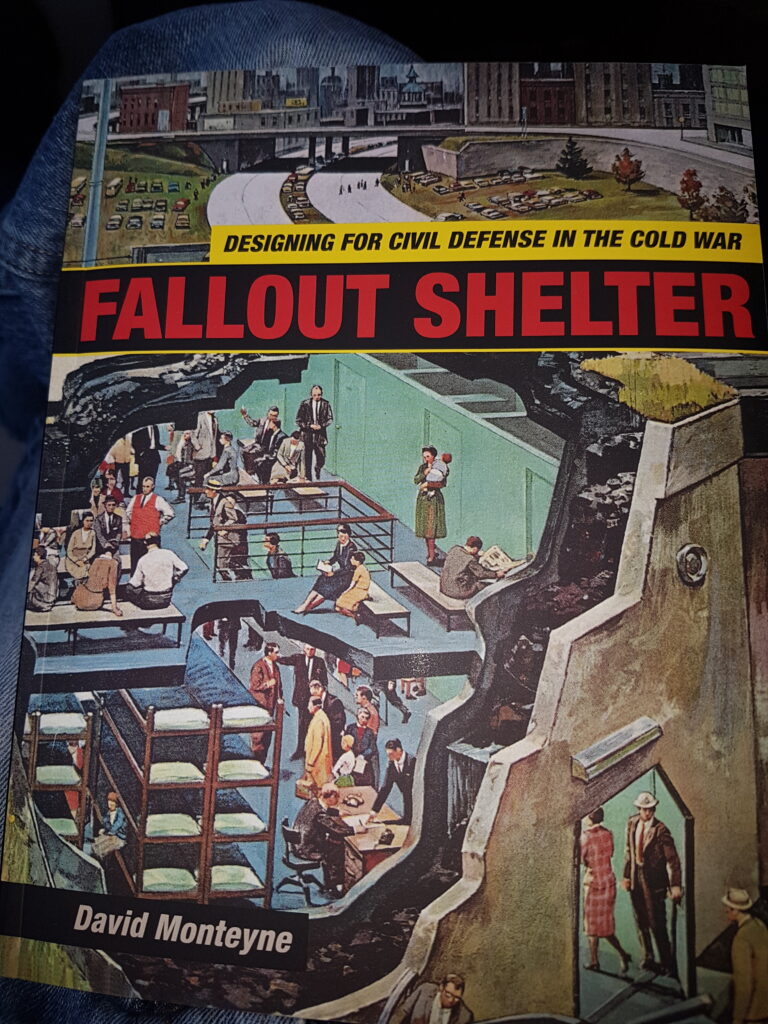
A US Civil Defense Film from 1951 called “Survival Under Atomic Attack” Explains the dangers of the atomic bomb, the effects of radiation and what the individual should do to protect himself if caught in the open or in his home.
Civil Defence Notebook – Government of Canada 1957 Publication
Chronology of Canadian Civil Defence Events 1948 to 1994 (Below) The Diefenbunker, Canada’s Cold War Museum website has an extensive, well laid out and logically arranged Cold War Timeline. Click CANADA COLD WAR TIMELINE to view.
Canada’s Civil Defence (CD) Program - Summary Chronology
of Significant Events
1948
-DND coordinator appointed (Gen Worthington)
-Procedures and methods for achieving CD preparedness studied
-CD technical training school established in Arnprior
-DND responsible for survival operations
1951
-CD organization placed in Dept of National Health and Welfare
1956
-An Interdepartmental Working Group on War Measures set up to
consider the problem of civilian and national survival during a
nuclear war
1957
-Second organization, Emergency Measures Organization (EMO)
created in Privy Council Office (PCO)
1958
-Berlin Crisis
-Diefenbaker announces the continuity of government and
national survival programs
1959
-Reform and reorganization of civil defence announced by
Diefenbaker
-EMO organizations combined in PCO
-Civil emergency planning & substantial construction program
undertaken
-Construction of the Central Emergency Government Headquarters
at Carp, Ontario begun (under the guise of an being an
Experimental Army Signals Establishment)
1959-68
-CEGHQ completed, six Regional and numerous smaller shelters
constructed and/or fitted out in government buildings
1963
-EMO becomes independent, reporting to Parliament through the
Ministry of Industry
-Cuban Missile Crisis-military placed on alert (sort off!).
1968
-EMO placed in DND
-Provinces assume responsibility for survival operations
-Capital construction for CD stopped, no new emergency government
headquarters in support of the Continuity of Government Program
to be built thereafter but existing capabilities to be
maintained
-Emergency planning reoriented to strike a more even balance
between peacetime and wartime contingencies
1974
-Dare Report
-EMO reorganized, becoming the National Emegency Planning
Establishment (NEPE) but to be known as Emergency Planning
Canada (EPC) to be administered by DND but with policy
direction from PCO
-Major decentralization of functional responsibilities passed
to various departments
-EPC tasked to provide federal departmental coordination and
provincial liaison
1980
- Comprehensive review of federal emergency planning policy
(again!).
-President of the Privy Council designated to be minister
responsible for federal emergency planning
1981
-Implementation of the Emergency Planning Order PC 1981-1305
(21 May 83)
-Joint Emergency Planning Program (JEPP) -providing cost shared
financial support of provinces readiness projects, introduced
and provided with about $6 million annually.
1986
-Emergency Planning Canada renamed Emergency Preparedness
Canada to more accurately reflect its role and functions
1988
-The Emergency Preparedness and the Emergencies Acts passed by
Parliament
-EPC becomes an independent agency of government
1992
-EPC placed back in DND (IMO- quite inappropriately under the
Deputy Chief of Defence Staff) as part of wide scale
government reorganization.
-Continuity of Government Program’s Emergency Government
Facilities closed down and all sites on military facilities
decommissioned by DND, Central Relocation Units and Zone
Emergency Government HQs decommissioned by PWGSC
-Siren system decommissioned and dismantled by DND
-Canadian Forces Warning and Alerting System shut down by DND
-CD Radiation Defence Program closed down and its equipment
disposed of by DND.
1994 - 2002
- CEGHQ (Carp, ON) sold, becomes Diefenbunker, Canada’s Cold
War Museum), transmitter site at Perth ON destroyed/sealed and
remote antenna farms (Burnt Lands and Dunrobin) dismantled
-REGHQ Nanaimo BC sealed
-REGHQ Penhold AB sold then repurchased and destroyed
-REGHQ Shilo MB sealed
-REGHQ Borden ON sealed 2003
-REGHQ Valcartier QB now used for other purposes
-REGHQ Debert NS sold, now part of industrial park, was
originally open a few weekends a year for tours (was in
excellent shape, sold to a since failed information
preservation company, then to a paint ball gaming group, now
with a new owner who it offers historic tours, laser
tag and escape rooms. Stay tuned,,,
Approximate National Civil Defence Expenditures the 1980s
| Approximate National Civil Defence Expenditures the 1980s in 1987 Cdn $ | Per Capita |
| Nation | Cdn $ |
| Norway(NATO) | 8.69 |
| Denmark (NATO) | 11.79 |
| West Germany (NATO) | 7.25 |
| United Kingdom (NATO) | 2.35 |
| France (NATO) | 0.21 |
| United States (NATO) | 0.57 |
| CANADA (NATO) | 0.31 |
| Switzerland (NEUTRAL) | 42.96 |
| Sweden (NEUTRAL) | 18.02 |
| Finland (NEUTRAL) | 10.27 |
| Soviet Union (WARSAW PACT) | 14.48 |
Canadian Military History – Preparing for the Bomb: The development of Civil Defence Policy in Canada, 1948–1963 by Mark Davidson
History of Emergency Planning in Canada

During the mid to late 1990s certain officials in Emergency Preparedness Canada (EPC) became concerned that the history of Canadian emergency planning in its many configurations was not being recorded for future generations to consider. To mark the 50th anniversary of such planning efforts David McConnell of Heritage Research Associates Inc. Ottawa, ON, was engaged to review relevant documents and to compile such a history. This document appears never to have been formally published as a paper document but it is available in electronic form which is reproduced in the Documents section of this website entitled “Plan for tomorrow …TODAY! The Story of Emergency Preparedness Canada 1948-1998”. There is a single paper copy of the document in the archives of the Diefenbunker Museum.
Table of Contents
Preface
Prologue – Civil Defence in the Second World War: The Air Raid Precautions Organization
Chapter 1 – Civil Defence in Canada: 1948-1957
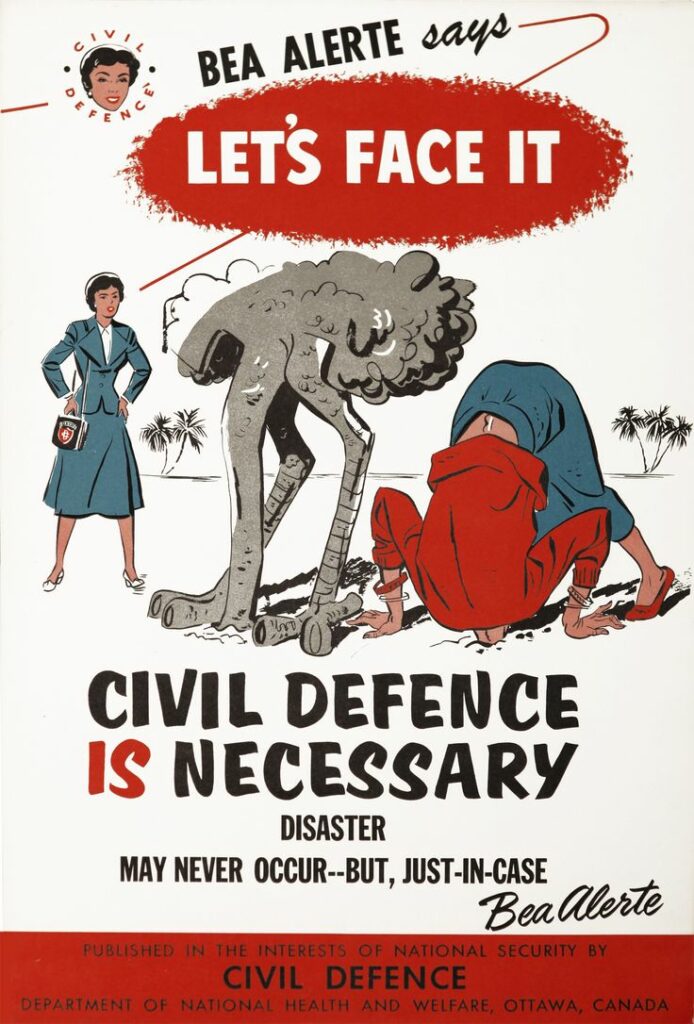
Chapter 2 – The Rise and Fall of the Emergency Measures Organization: 1957-1968
Chapter 3 – The Fall and Rise of Civil Emergency Measures: 1968-1981
Chapter 4 – The Reform of Civil Emergency Measures: 1981-1988
Chapter 5 – Toward the Millennium — Emergency Preparedness Planning in the 1990s
Chapter 6 – Summary and Conclusion
Bibliography
List of Appendices

